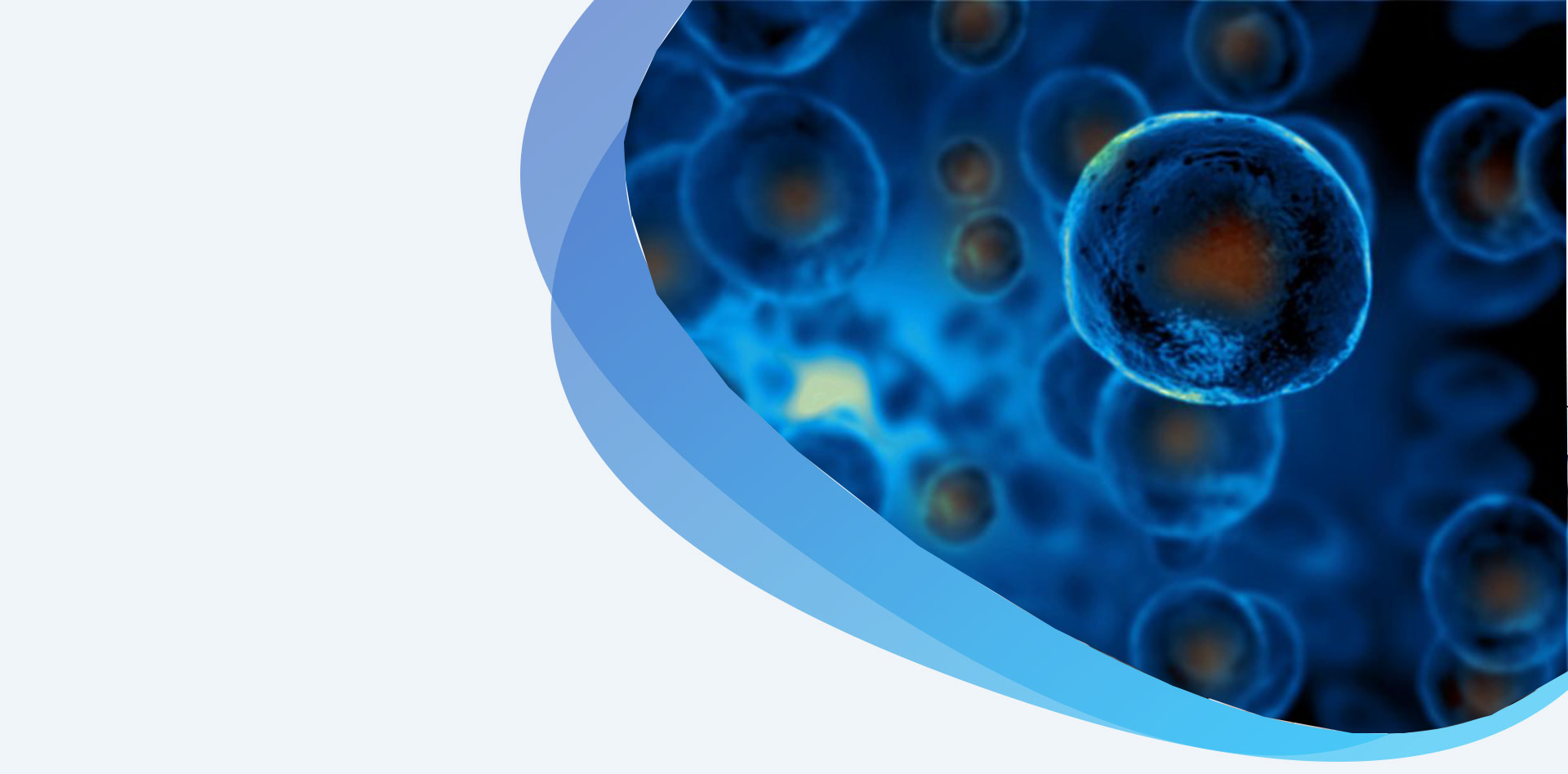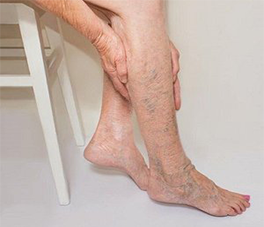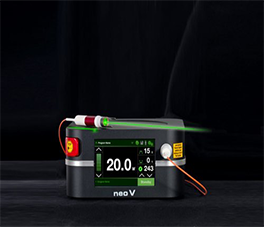Wounds-Regenerative Medicine


Chronic or non-healing wounds are wounds that do not progress through the normal wound healing process, resulting in an open laceration of varying degrees of severity.These conditions may be associated to a number of different pathological conditions such as diabetes, venous stasis, autoimmune diseases, chronic infections etc.
Wound healing is characterized by a multi-step interactive process that leads to the restoration of a functional skin layer and restoring blood flow of the skin. The initial phase of healing is characterized by an inflammatory reaction aimed at controlling bleeding at the wound site through a complex interaction of activated blood cells with coagulation proteins. This process leads to the formation of pink regrowth tissue that favors wound repair.
Cell-based therapies are being gradually introduced into routine medical care to manage skin wounds because they can repair/replace damaged tissue with a normal one due to their natural ability to produce signalling molecules and repair molecules necessary for wound healing.
A particular class of cells called "Mesenchymal stem cell therapy", with particular focus on adipose derived stem cells (Obtained from Fat Cells), is a novel approach for the treatment of chronic non-healing wounds through:
MSCs can be derived from several tissues, but the best source to develop MSC-based regenerative therapies has not been identified yet.
Although bone marrow represents the main source of Stem Cells, this has some limitations. Indeed, the aspiration of BM-MSCs is an invasive procedure, the amount of cells is modest and their differentiation potential decreases with age.
There is evidence that UCB-MSCs can improve wound healing and these cells were employed to treat skin wounds refractory to conventional treatment including surgery.
Recently, autologous tissue engineered scaffolds using artificial meshes and E-MSCs were prepared for regenerative therapy.They were demonstrated to be suitable for fascial repair.E-MSCs enhance new blood vessel formation, reduce chronic inflammation, support tissue integration – likely because of their capability to modulate tissue response toward foreign materials – and promote distensibility of the artificial mesh.Overall, these features make E-MSCs very suitable for wound repair.
Among the main sources of MSCs that might be used in the repair and regeneration of injured skin, induced Pluripotent Stem (iPS) cells have been used to study disease mechanisms, to test drugs and to develop personalized cell therapies. iPS cells are a type of pluripotent stem cell artificially derived from a non-pluripotent cell, typically an adult somatic cell.
Unlike BM-MSCs, ADSCs can be obtained in large quantities at low risk. They are more abundant on a per gram basis (50,000 vs. 100–1,000) and more easily accessible than BM-MSCs. Of all the population of cells studied, ADSC's have shown significant potential in accelerating all components of tissue repair and regeneration.

Regenerative medicine is a very new frontier of scientific development and a lot of these techniques are still in experimental and reserach stage. The indications for the use of such advanced therapies is in the case of chronic wounds that have suffered multiple treatment failures and/or are not amenable to conventional techniques of wound repair.

Cutaneous wound healing has long been a magnet for tissue engineering and regenerative medicine due, in part, to the accessibility of skin, its flat structure and relatively avascular composition, and the fundamentally regenerative nature of healing. Cell therapies are already used for wounds, and good limb salvage options are lacking, rendering wound healing an attractive option for regenerative strategies.
Some of the tissue-engineered/regenerative medicine technologies have made valuable contributions to the field as demonstrated by significantly improved healing rates over standard of care in randomized trials.

During the protocol the risk of contamination of the cells is low, but still possible. Furthermore, also the risk of exposure to prions and of immunological should be considered. These risks are due to the fact that supplements often have an animal origin and they could be overcome with the use of synthetic media. Another risk is the exposure to toxic agents such as endotoxin.
Regenerative Medicine is a new frontier of science and requires a multi-disciplinary outlook for success. The technology involved is very advanced and needs multiple sessions for the treatment to take effect. On an average Stem Cell Therapy for Chronic Non Healing wounds will cost about 8000$-10,000$(600,000 INR - 750,000 INR) for the entire course of treatment.